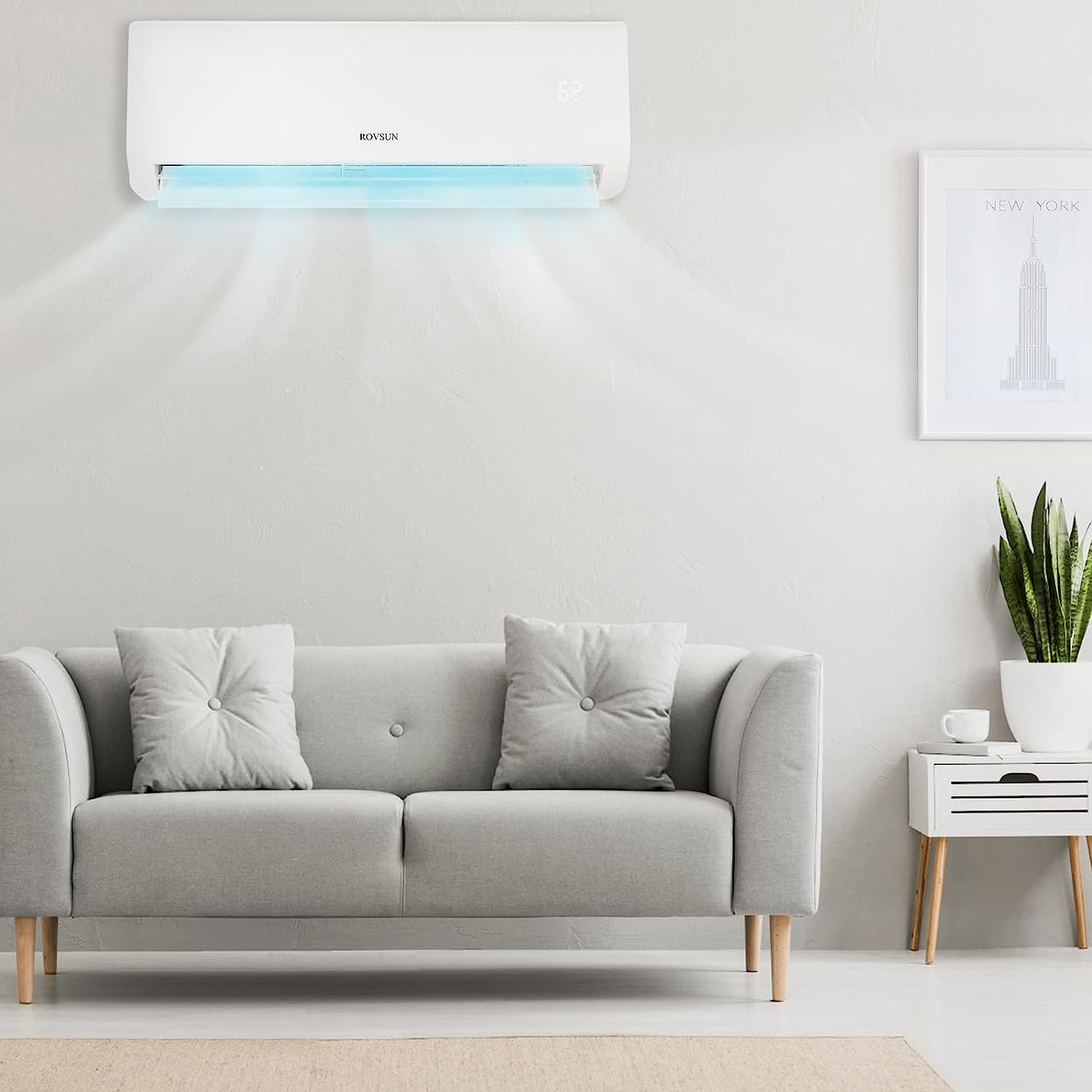

Articles
How Does Mini Split AC Work
Modified: January 7, 2024
Discover how mini split AC units work and the benefits they provide. Read our informative articles to learn more about this efficient cooling technology.
(Many of the links in this article redirect to a specific reviewed product. Your purchase of these products through affiliate links helps to generate commission for Storables.com, at no extra cost. Learn more)
Introduction
When it comes to efficient and convenient cooling solutions, mini split AC systems have become increasingly popular in recent years. Unlike traditional central air conditioning systems, mini split AC systems offer flexibility, energy efficiency, and individualized control over the cooling or heating of specific areas or rooms in a home or office.
In this article, we will delve into the inner workings of mini split AC systems, explore their components, discuss how they function, and highlight the advantages and disadvantages of using them. Whether you are considering installing a mini split AC system or simply want to learn more about this innovative technology, this article will provide you with all the information you need to make an informed decision.
Let’s dive in and uncover the fascinating world of mini split AC technology.
Key Takeaways:
- Mini split AC systems offer energy-efficient, personalized cooling and heating with individualized control and easy installation, making them a popular choice for homeowners and businesses seeking comfort and convenience.
- Proper installation and maintenance are essential for maximizing the efficiency and longevity of mini split AC systems, ensuring optimal performance and energy savings while providing personalized comfort.
Read more: What Is Mini Split AC
Components of a Mini Split AC System
A mini split AC system consists of two main components: an outdoor unit and one or more indoor units. These components work together to provide effective cooling or heating to the desired areas.
The outdoor unit, commonly known as the condenser or compressor unit, is typically installed on the exterior of the building. It houses the compressor, condenser coil, and a fan. The compressor is responsible for pressurizing and circulating the refrigerant gas, while the condenser coil facilitates heat transfer from the refrigerant to the outside air through a process known as condensation. Lastly, the fan helps to exhaust hot air from the unit.
On the other hand, the indoor unit, also called the evaporator or air handler, is installed inside the room or area that requires cooling or heating. It consists of an evaporator coil, a blower fan, and sometimes additional features such as a built-in air filter or heater. The evaporator coil is responsible for the cooling or heating of the air, while the blower fan circulates the conditioned air throughout the room.
Connecting the outdoor and indoor units is a refrigerant line set, which consists of copper tubes that carry the refrigerant between the two units. Additionally, electrical wiring is required to power the units and enable communication between them.
In some cases, a mini split AC system may also include a remote control or a wall-mounted thermostat, allowing users to easily adjust the temperature, fan speed, and other settings.
Overall, the combination of these components in a mini split AC system allows for efficient and precise cooling or heating of specific areas, providing comfort and control to the users.
How Mini Split AC Works
Understanding how a mini split AC system works is essential to grasp the efficiency and functionality of this cooling and heating technology.
A mini split AC system operates based on the principles of refrigeration. It utilizes a refrigerant, typically a fluid that can easily transition between a gas and a liquid state, to absorb and release heat.
The process starts with the outdoor unit, where the compressor pressurizes the refrigerant gas, raising its temperature. As the hot refrigerant flows through the condenser coil, it releases heat to the outside air, causing the refrigerant to transition from a gas to a liquid state. This process is known as condensation.
The liquid refrigerant, now cooled, travels through the refrigerant line set to the indoor unit. Inside the indoor unit, the refrigerant passes through an expansion valve, which lowers its pressure and temperature. As a result, the refrigerant evaporates, absorbing heat from the surrounding air, and turns back into a gas.
The blower fan in the indoor unit circulates the indoor air over the cold evaporator coil, cooling it. The cooled air is then distributed throughout the room or area, providing a comfortable and pleasant environment.
This continuous cycle of absorbing and releasing heat enables the mini split AC system to regulate the temperature of a specific area effectively. In addition to cooling, mini split AC systems can also provide heating by reversing the refrigeration process. The indoor unit acts as the condenser, releasing heat into the room, while the outdoor unit becomes the evaporator, absorbing heat from the outside air.
It’s important to note that mini split AC systems offer individualized control over multiple indoor units, allowing different rooms or areas to be cooled or heated according to individual preferences and needs. This zoning capability provides increased flexibility and energy efficiency compared to traditional central air conditioning systems.
In summary, mini split AC systems work by utilizing the principles of refrigeration to absorb and release heat, cooling or heating specific areas as needed. Their efficient operation and zoning capabilities make them an excellent choice for homeowners and businesses looking for personalized comfort and energy savings.
Advantages of Mini Split AC Systems
Mini split AC systems offer numerous advantages that make them a popular choice among homeowners and businesses. Here are some of the key benefits:
1. Energy Efficiency: One of the biggest advantages of mini split AC systems is their energy efficiency. Unlike central air conditioning systems that cool an entire building, mini splits allow for zone cooling, enabling you to cool only the areas in use. This targeted cooling reduces energy wastage, resulting in lower utility bills.
2. Individualized Control: With mini split AC systems, you have individual temperature control for each indoor unit. This means that different rooms or areas can be set to different temperatures, providing personalized comfort according to occupants’ preferences.
3. Easy Installation: Mini split AC systems are relatively easy to install compared to traditional air conditioning systems. The only connections required are the refrigerant line set and electrical wiring. This simplicity of installation reduces disruption and makes them an ideal choice for retrofitting older buildings or adding cooling to specific areas.
4. Flexible Placement Options: The compact size of mini split AC indoor units allows for flexible placement options. They can be mounted on walls, suspended from ceilings, or even recessed into the ceiling to fit seamlessly into the room’s design.
5. No Ductwork: Unlike central air conditioning systems that rely on ductwork to deliver conditioned air, mini split AC systems do not require ducts. This eliminates the energy loss associated with ductwork leaks and reduces the need for maintenance and cleaning.
6. Improved Indoor Air Quality: Mini split AC systems often come equipped with built-in air filters. These filters help to improve indoor air quality by trapping dust, pollen, and other allergens, providing a cleaner and healthier environment.
7. Quiet Operation: The design of mini split AC systems minimizes noise, making them much quieter compared to window units or central air conditioning systems. This allows for a peaceful and undisturbed environment in your home or office.
8. Increased Home Security: With mini split AC systems, there is no need to install window units, which can be a security risk. Additionally, the absence of an open window or a large hole in the wall enhances security and provides peace of mind.
9. Environmentally Friendly: Mini split AC systems are designed to be environmentally friendly. Most models use eco-friendly refrigerants that have lower ozone depletion and global warming potential, reducing their impact on the environment.
Overall, mini split AC systems offer energy efficiency, personalized comfort, ease of installation, and improved indoor air quality. These advantages make them a popular choice for cooling and heating specific areas, providing comfort and convenience while also saving on energy costs.
Regular maintenance of your mini split AC, including cleaning or replacing filters, checking for refrigerant leaks, and ensuring proper airflow, can help improve its efficiency and lifespan.
Disadvantages of Mini Split AC Systems
While mini split AC systems offer numerous benefits, it’s important to consider their potential drawbacks before making a decision. Here are some of the disadvantages:
1. Higher Initial Cost: Mini split AC systems tend to have a higher upfront cost compared to other cooling options, such as window units or portable air conditioners. The cost includes the purchase of both the outdoor and indoor units, as well as installation expenses.
2. Professional Installation Required: Mini split AC systems typically require professional installation due to the need for proper sizing, refrigerant line set installation, and electrical connections. This adds to the overall cost and may require scheduling and coordination with a technician.
3. Limited Cooling Capacity: While mini split AC systems excel at cooling or heating individual rooms or areas, they may not be as effective in cooling larger spaces or multiple rooms simultaneously. Oversized or undersized units can also impact their performance.
4. Complex Maintenance: Mini split AC systems require regular maintenance, including cleaning or replacing air filters, checking refrigerant levels, and cleaning the outdoor unit. While these tasks are essential for optimal performance, they may require professional assistance or specialized knowledge.
5. Space Limitations: The indoor units of mini split AC systems can take up wall, ceiling, or floor space, depending on the installation method. This may limit room design options or obstruct certain areas.
6. Aesthetic Considerations: The presence of indoor units may not align with the aesthetic preferences of some homeowners or businesses. While there are options for discreet placement and design, the indoor unit’s presence may still be noticeable.
7. Reliance on Electricity: Mini split AC systems rely on electricity to operate, which means a constant power supply is required for them to function. Power outages or electrical issues can disrupt the cooling or heating process.
8. Compatibility with Existing HVAC Systems: Integrating a mini split AC system with an existing HVAC system can be challenging, especially if there are compatibility issues or the need for modifications to the existing setup.
9. Less Common in Some Areas: Mini split AC systems may be less common or less readily available in certain regions, which can affect accessibility to service and repair options, as well as parts availability.
It’s important to weigh these disadvantages against the advantages and consider your specific needs and circumstances before deciding whether a mini split AC system is the right choice for your cooling or heating requirements. Consulting with a professional HVAC technician can provide valuable insights and guidance in making an informed decision.
Read also: 9 Amazing Mini Split AC System for 2024
Choosing the Right Mini Split AC System
When it comes to selecting the right mini split AC system for your specific needs, there are several factors to consider. Taking the time to evaluate these factors will help ensure that you choose a system that meets your cooling or heating requirements effectively. Here are some key considerations to keep in mind:
1. Cooling Capacity: Determine the cooling capacity needed for the area you wish to cool. This is typically measured in BTUs (British Thermal Units). Calculate the square footage of the space and consider factors such as the number of windows, insulation, and ceiling height. Matching the cooling capacity to the room size is crucial for optimal performance.
2. Number of Indoor Units: Decide how many indoor units you will need to cool or heat the desired areas. Consider the layout of your space and whether you require cooling in multiple rooms or individual zones. Each indoor unit will require its own refrigerant line set, so take that into account when planning your installation.
3. Energy Efficiency: Look for mini split AC systems that are Energy Star certified. These systems have been tested and proven to be energy efficient, which can lead to significant cost savings over time. Look for high Seasonal Energy Efficiency Ratio (SEER) and Energy Efficiency Ratio (EER) ratings to ensure optimal energy performance.
4. Noise Level: Consider the noise level of the indoor and outdoor units. Some mini split AC systems are designed to operate quietly, which is beneficial if you want a peaceful and quiet environment in your home or office.
5. Brand and Warranty: Research and choose reputable brands known for their quality and reliability in the industry. Check the warranty offered by the manufacturer to ensure adequate coverage and support in case of any issues.
6. Installation Requirements: Determine if your space is suitable for a mini split AC system installation. Assess factors such as available wall space, ceiling height, and the distance between the indoor and outdoor units. If necessary, consult with a professional HVAC technician to evaluate the suitability of your space.
7. Additional Features: Consider any additional features you may need or desire, such as built-in air filters, remote control operation, programmable timers, or smart technology integration. These features can enhance convenience and comfort.
8. Budget: Set a budget for your mini split AC system purchase and installation. Keep in mind that while upfront costs may be higher compared to other cooling options, the energy efficiency and long-term cost savings can offset the initial investment.
9. Professional Consultation: If you are unsure about any of the above factors or require expert advice, consult with a professional HVAC technician. They can assess your specific requirements and guide you in choosing the right mini split AC system for your needs.
By considering these factors and conducting thorough research, you can make an informed decision and select the mini split AC system that best meets your cooling or heating requirements, energy efficiency goals, and budget constraints.
Installation and Maintenance of Mini Split AC Systems
Proper installation and maintenance are essential for the efficient operation and longevity of your mini split AC system. Whether you choose to hire a professional HVAC technician or DIY the installation, it’s important to follow the manufacturer’s guidelines and take necessary precautions. Here are some key points to consider:
Installation:
1. Hire a Professional or DIY: While some experienced homeowners may choose to install a mini split AC system themselves, it is generally recommended to hire a professional HVAC technician. They have the expertise, tools, and knowledge to ensure a proper and safe installation.
2. Choosing the Right Location: Select the optimal location for both the outdoor and indoor units. The outdoor unit should be placed in a well-ventilated area, away from direct sunlight and obstructions. The indoor unit(s) should be positioned for optimal airflow and distribution within the room.
3. Refrigerant Line Set and Electrical Connections: Ensure that the refrigerant line set is properly installed, insulated, and secured. The electrical wiring should be connected following local electrical codes and manufacturer guidelines.
4. Sealing and Insulating: Properly seal and insulate the openings around the refrigerant line set and electrical connections to prevent air leaks and ensure efficiency.
5. Testing: Once the installation is complete, conduct thorough testing to ensure all components are functioning correctly. Test the cooling or heating performance, check for any refrigerant leaks, and verify that the system is running smoothly.
Maintenance:
1. Regular Cleaning: Clean or replace the air filters regularly, as instructed by the manufacturer. This helps maintain proper airflow and improves system efficiency. Clean the outdoor unit periodically to remove any debris or obstructions that could hinder its performance.
2. Checking Refrigerant Levels: Periodically check and maintain proper refrigerant levels. Too little or too much refrigerant can impact the system’s efficiency and cooling or heating performance. Consult a professional HVAC technician to handle any refrigerant-related tasks.
3. Inspecting and Cleaning Coils: Regularly inspect and clean the evaporator and condenser coils to remove dirt, dust, or debris accumulation. Dirty coils can reduce system efficiency and lead to uneven cooling or heating.
4. Inspection of Electrical Components: Inspect electrical connections and components to ensure they are secure and in good condition. Check for any signs of wear or damage and address any issues promptly.
5. Scheduling Professional Maintenance: Consider scheduling annual or bi-annual professional maintenance visits to have a qualified technician inspect and service your mini split AC system. They can identify and address any potential issues and ensure optimal performance.
6. Follow Manufacturer’s Guidelines: Refer to the manufacturer’s instructions and guidelines for specific maintenance requirements and recommended service intervals.
By following proper installation procedures and practicing regular maintenance, you can maximize the lifespan and performance of your mini split AC system. It is always advisable to consult with a professional HVAC technician for any installation or maintenance-related tasks to ensure safety, efficiency, and warranty compliance.
Conclusion
Mini split AC systems offer a modern and efficient solution for cooling or heating specific areas in homes and businesses. With their flexibility, energy efficiency, and individualized control, they have become increasingly popular in recent years.
In this article, we explored the components and inner workings of mini split AC systems, learning how they utilize the principles of refrigeration to cool or heat specific areas effectively. We discussed the advantages, such as energy efficiency, individualized control, and easy installation, that make mini split AC systems a compelling choice for many. We also highlighted the disadvantages, including the higher initial cost and the need for professional installation and maintenance.
Choosing the right mini split AC system involves considerations such as cooling capacity, energy efficiency, noise level, and budget. It is important to assess your needs, consult with professionals if necessary, and select a reputable brand that offers reliability and adequate warranty coverage.
Proper installation and maintenance are crucial to ensure the optimal performance and longevity of your mini split AC system. Following manufacturer guidelines, hiring professional help when needed, and conducting regular cleaning and inspections can help keep your system running smoothly and efficiently.
In conclusion, mini split AC systems provide a versatile and efficient cooling or heating solution for individual rooms or areas. By understanding their components, functionality, and maintenance requirements, you can make an informed decision and enjoy the comfort and energy savings they offer.
Frequently Asked Questions about How Does Mini Split AC Work
Was this page helpful?
At Storables.com, we guarantee accurate and reliable information. Our content, validated by Expert Board Contributors, is crafted following stringent Editorial Policies. We're committed to providing you with well-researched, expert-backed insights for all your informational needs.
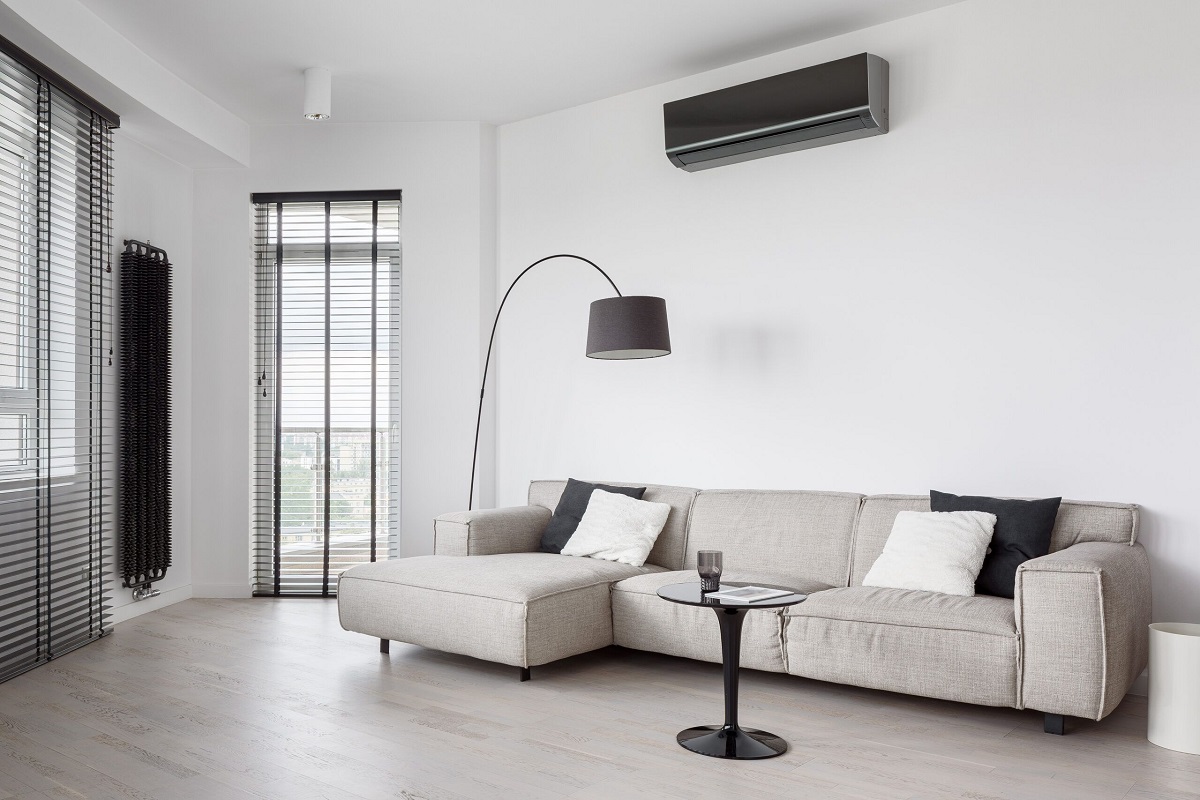
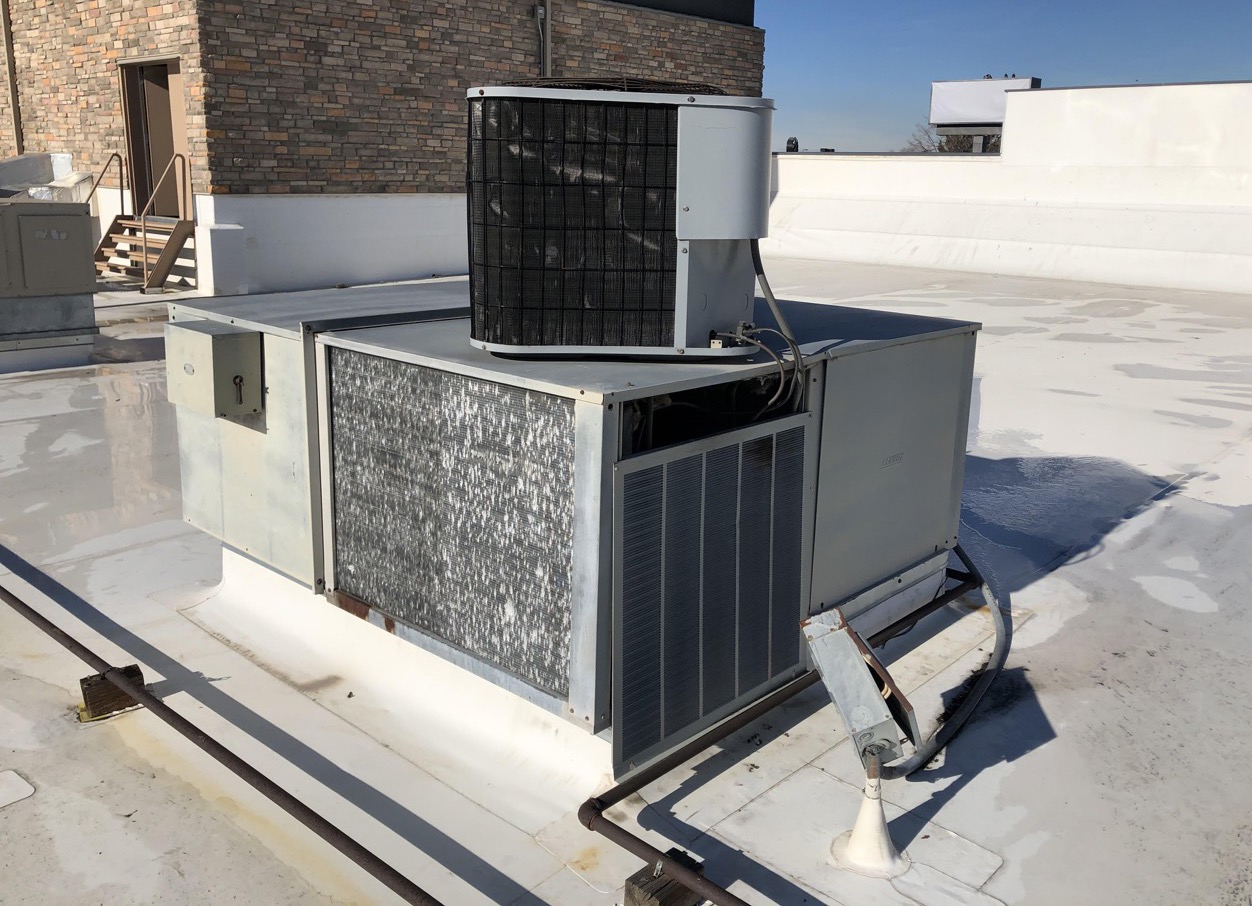
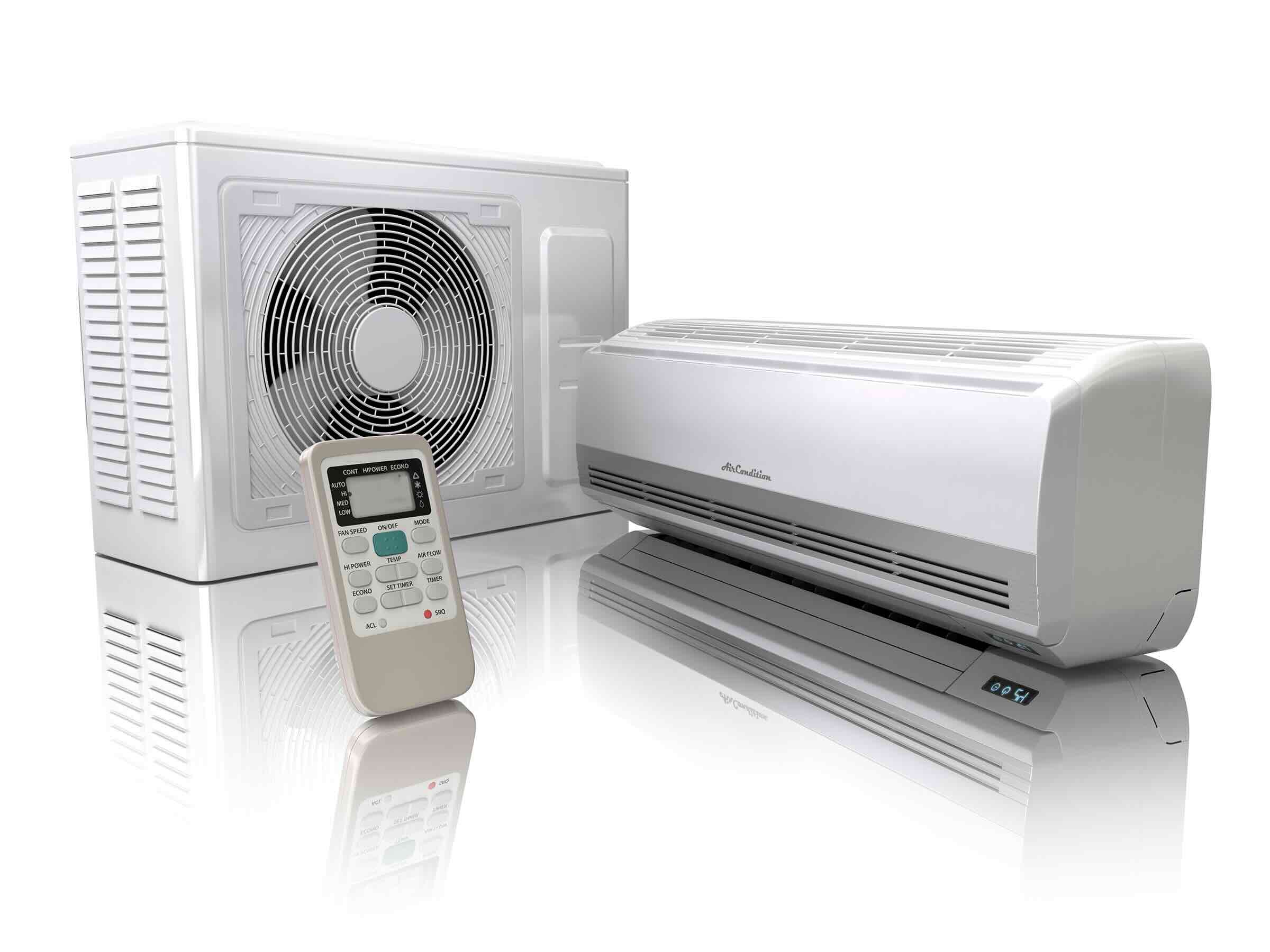
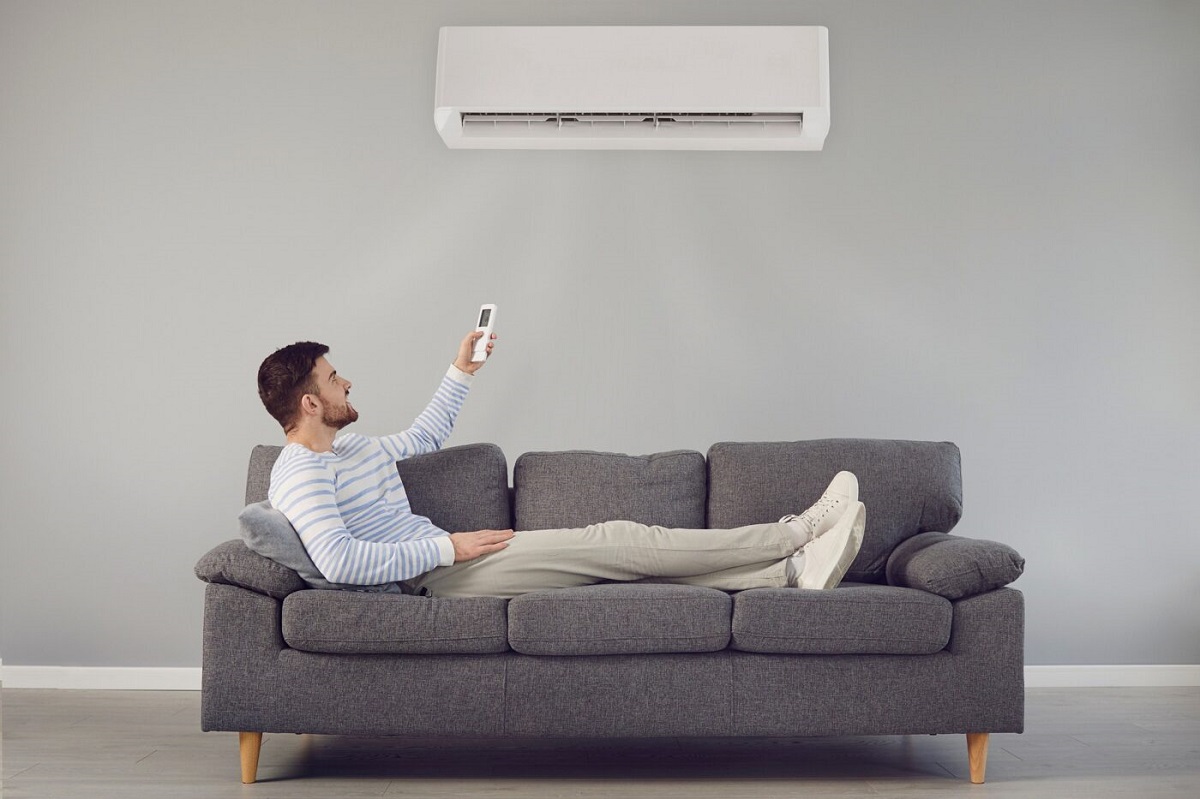
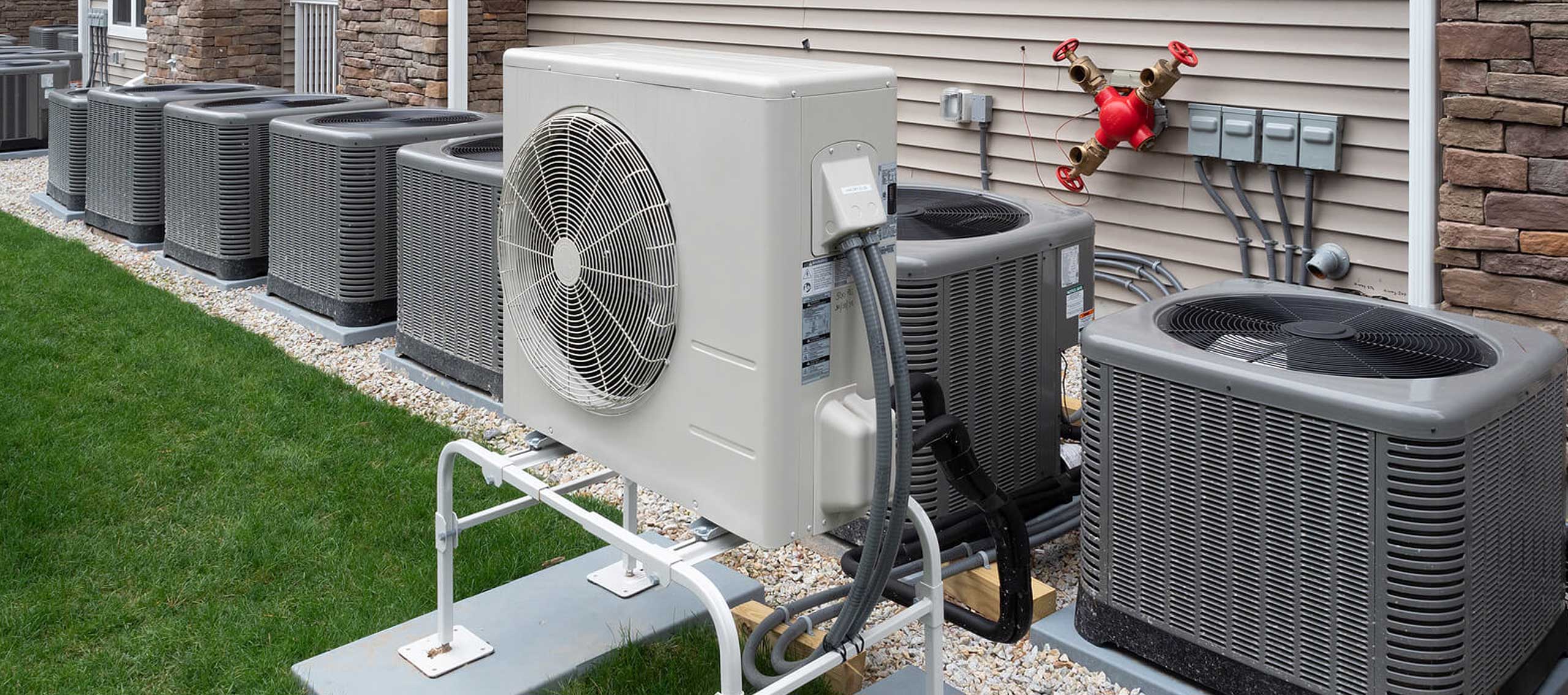
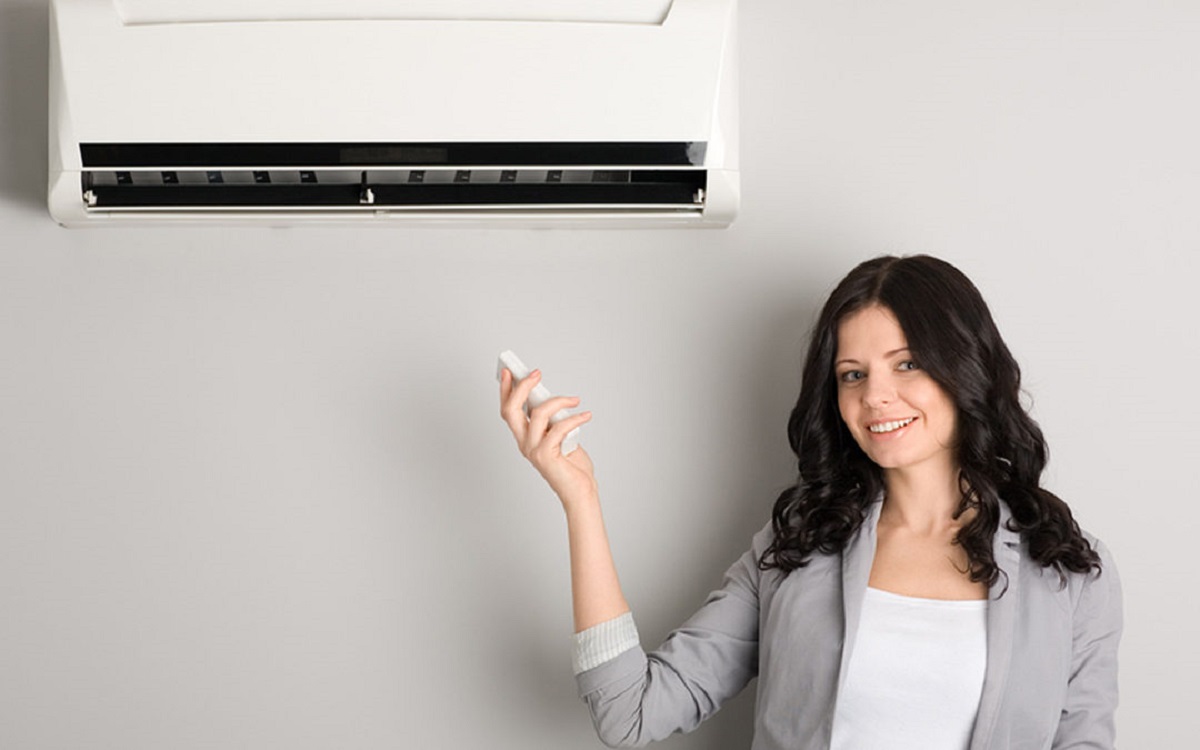
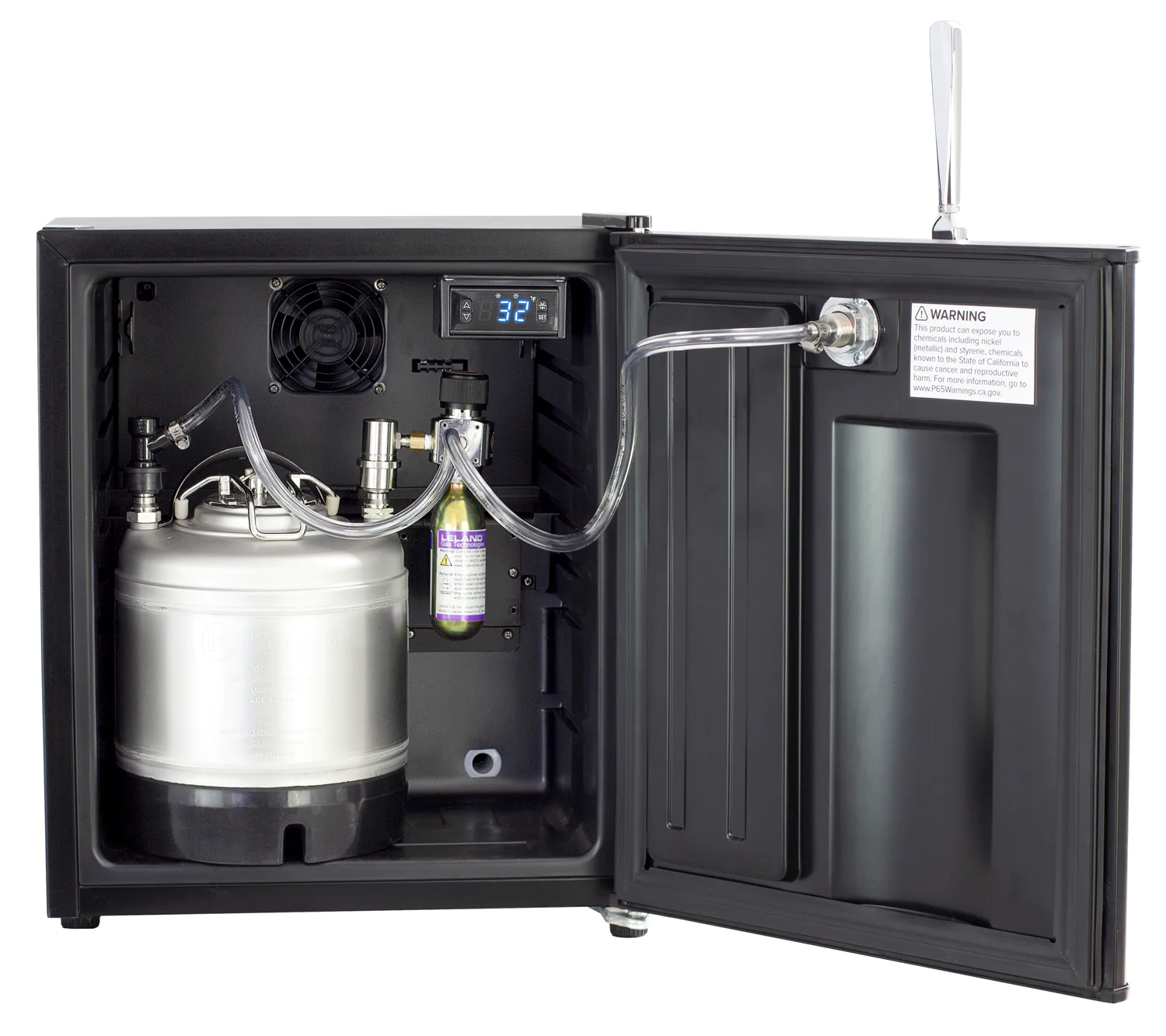
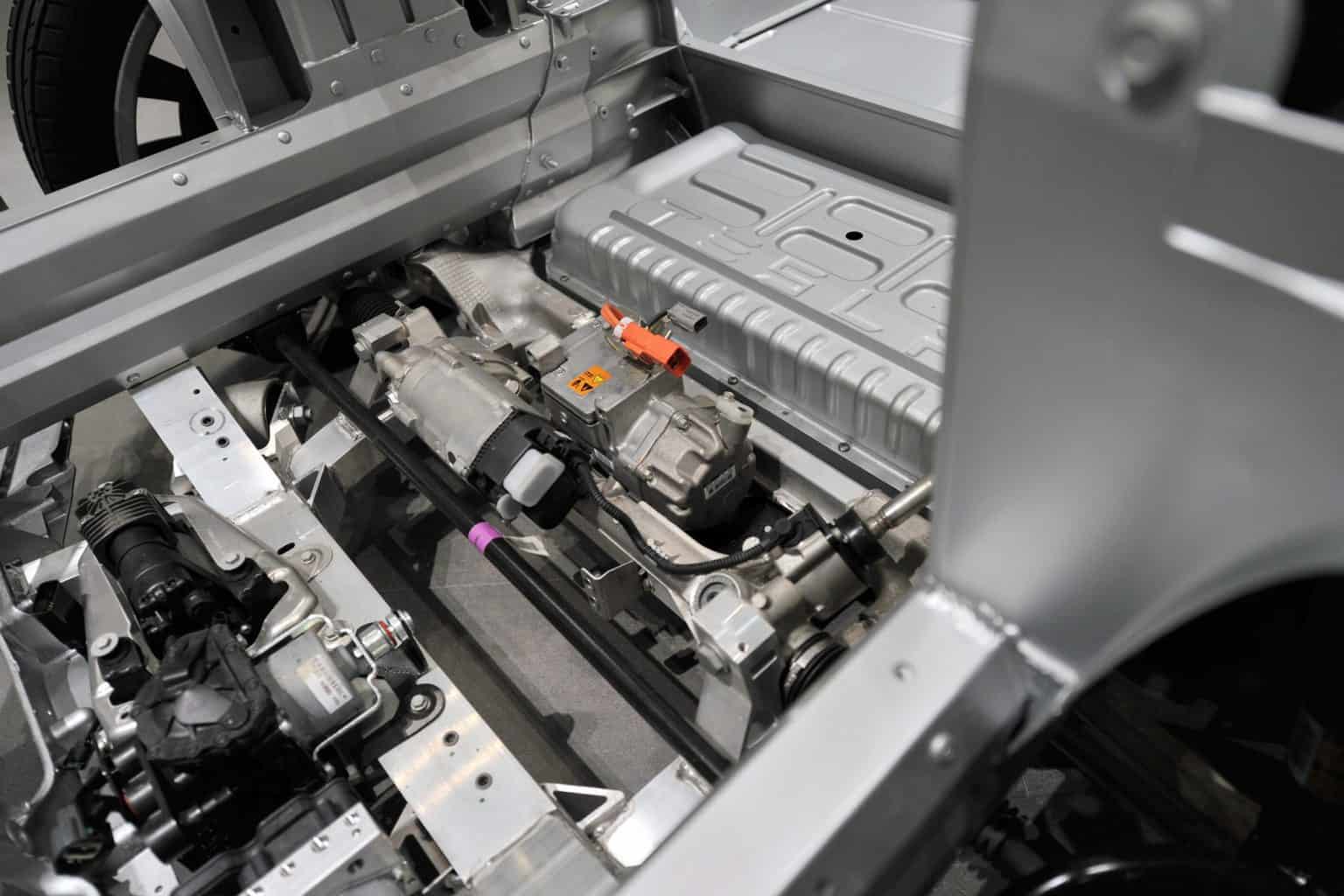
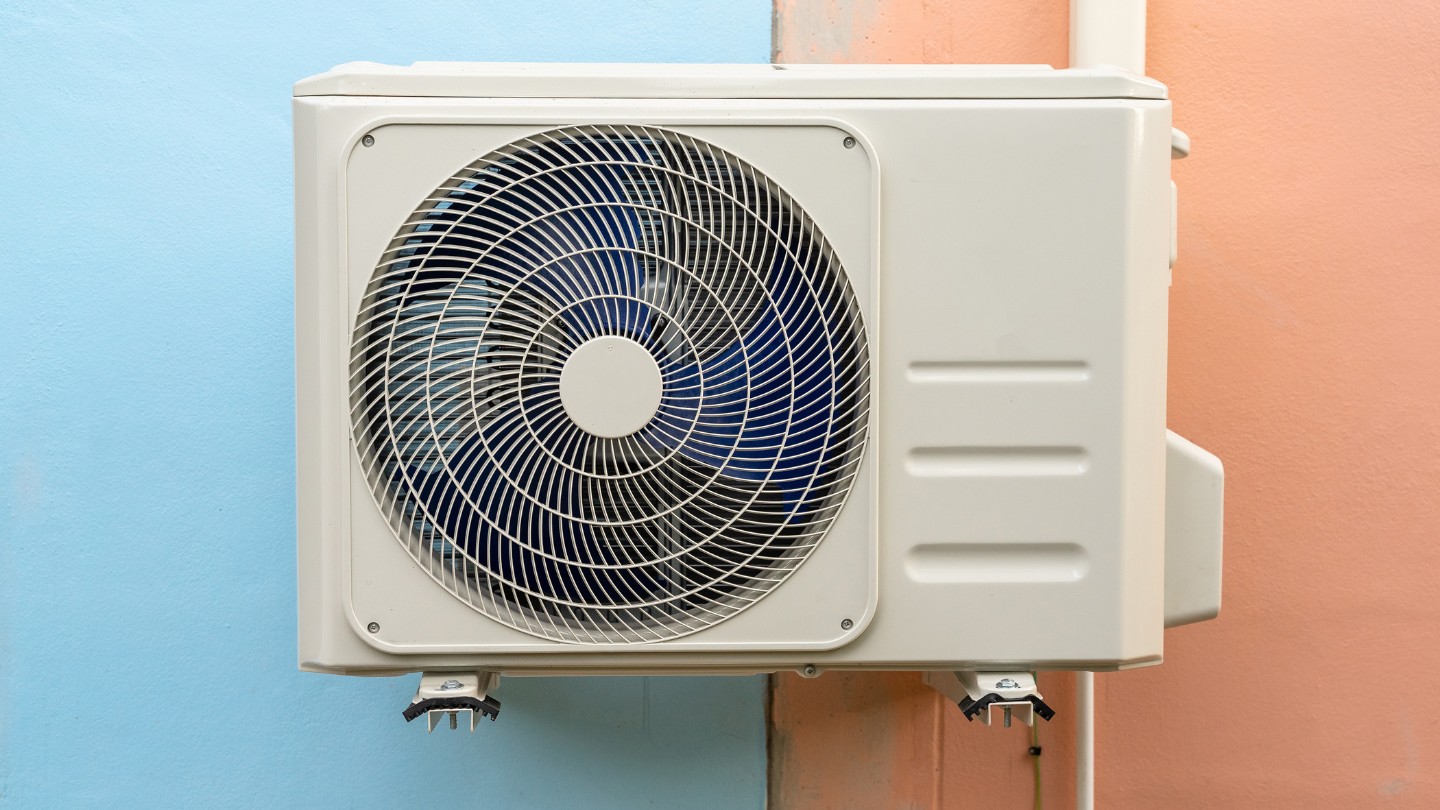
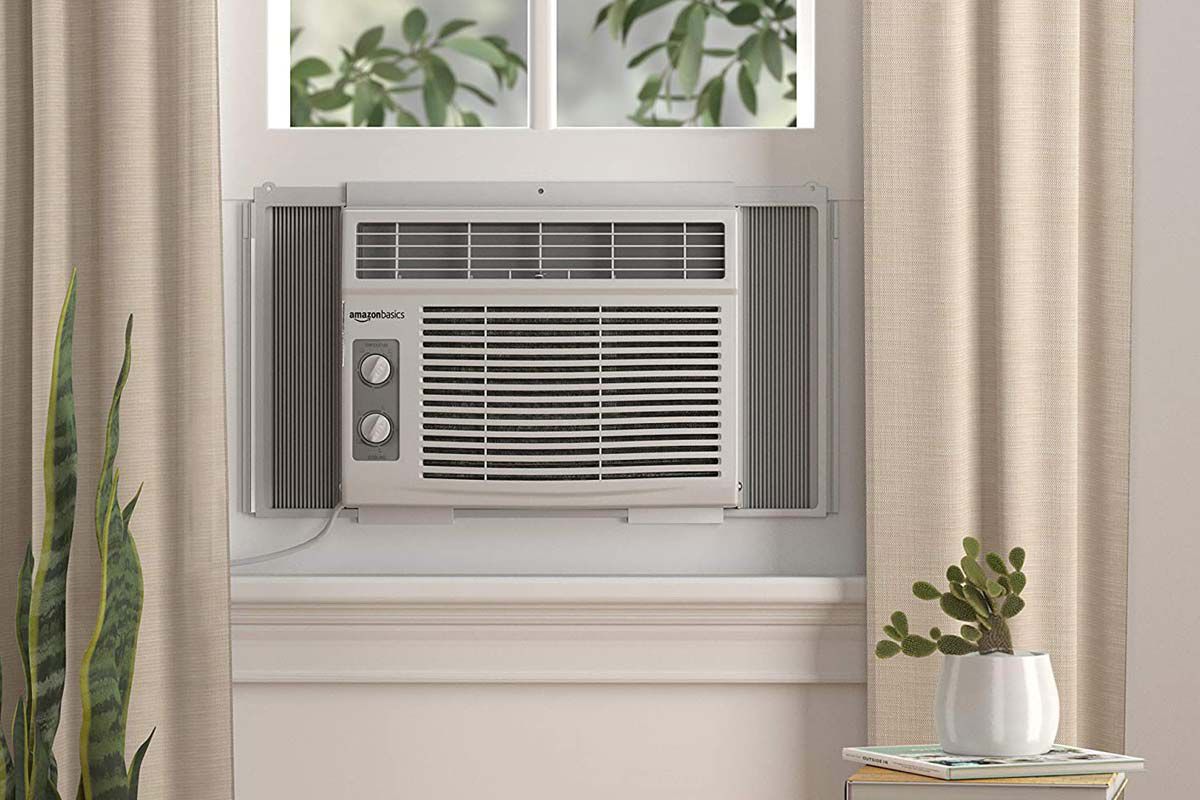
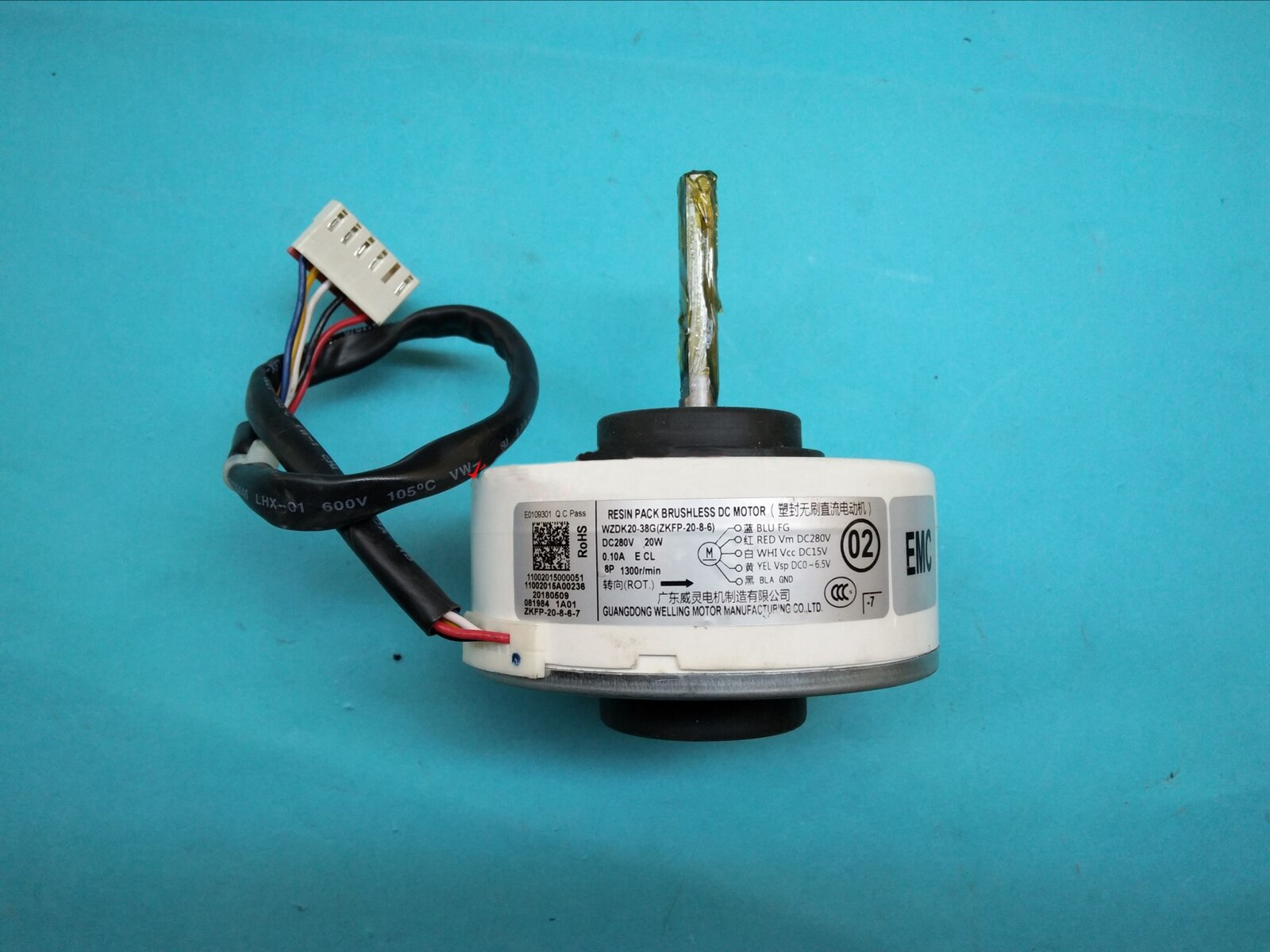
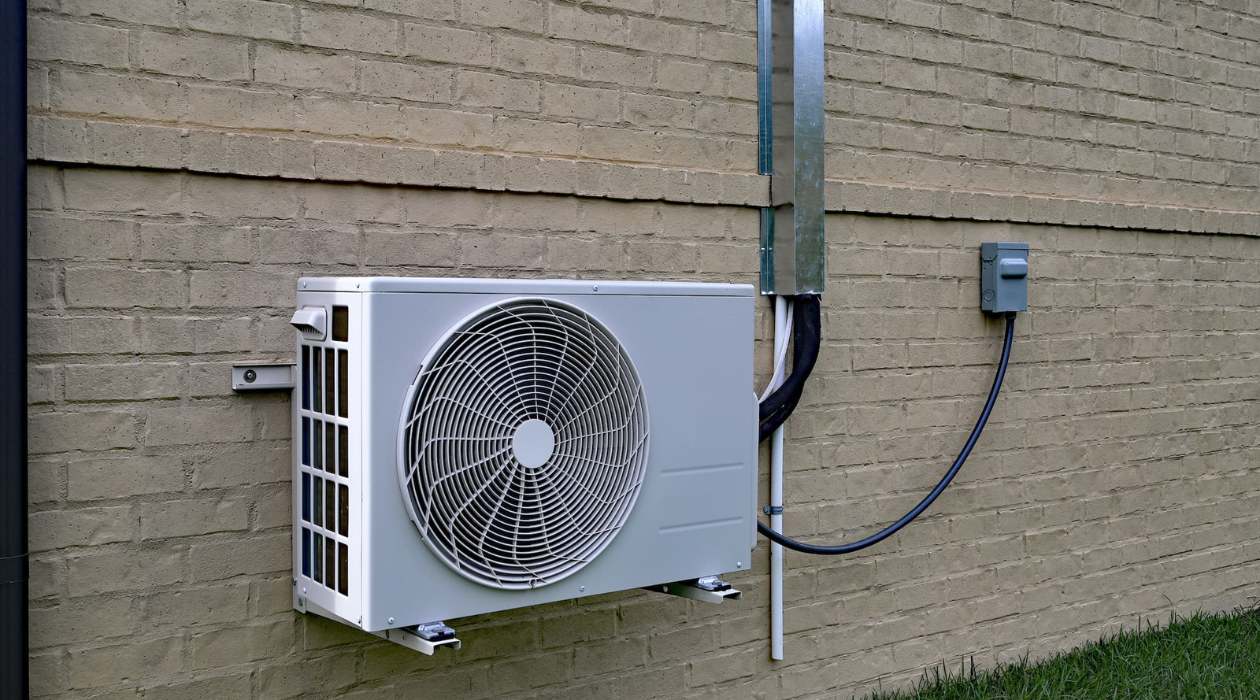
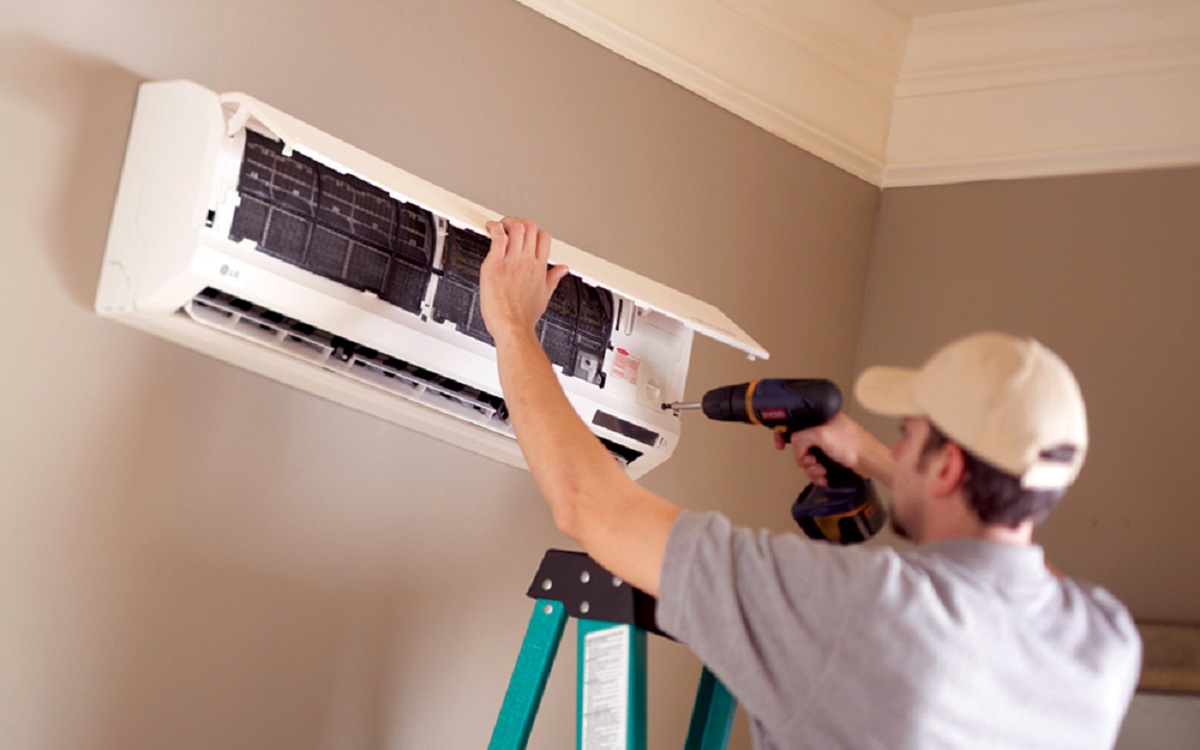
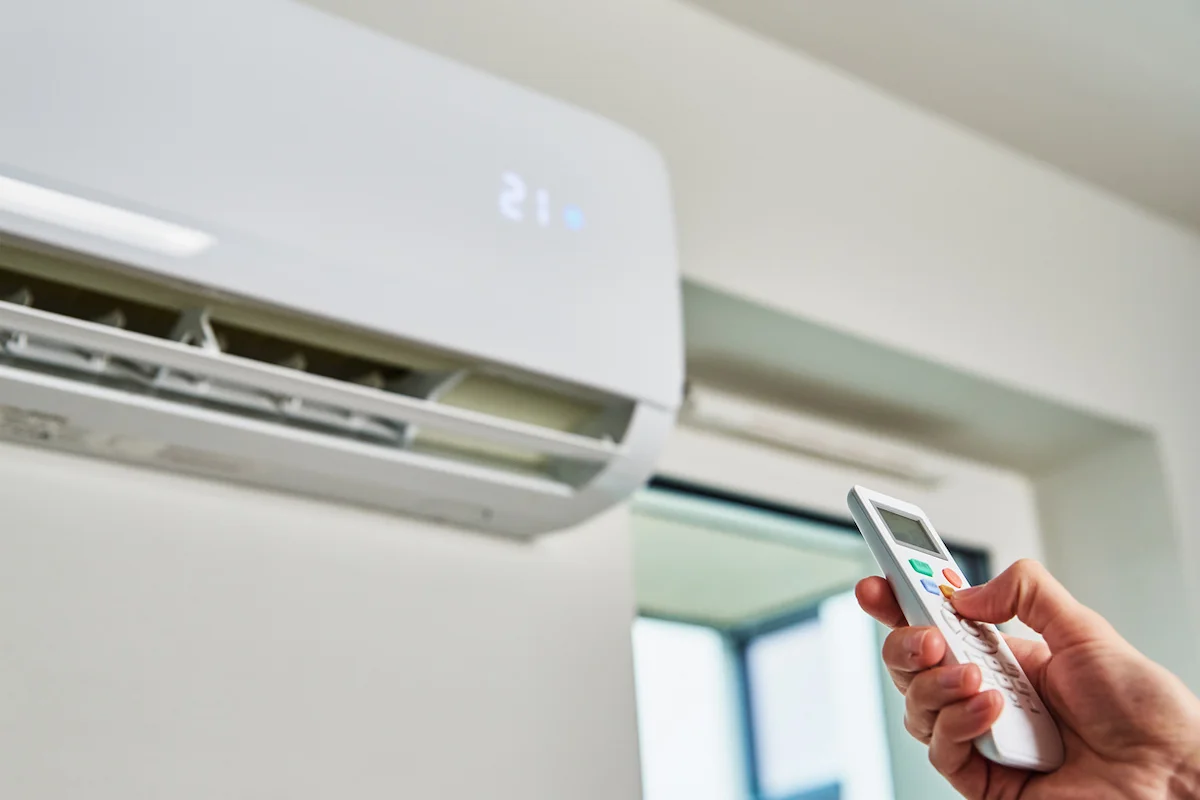

0 thoughts on “How Does Mini Split AC Work”